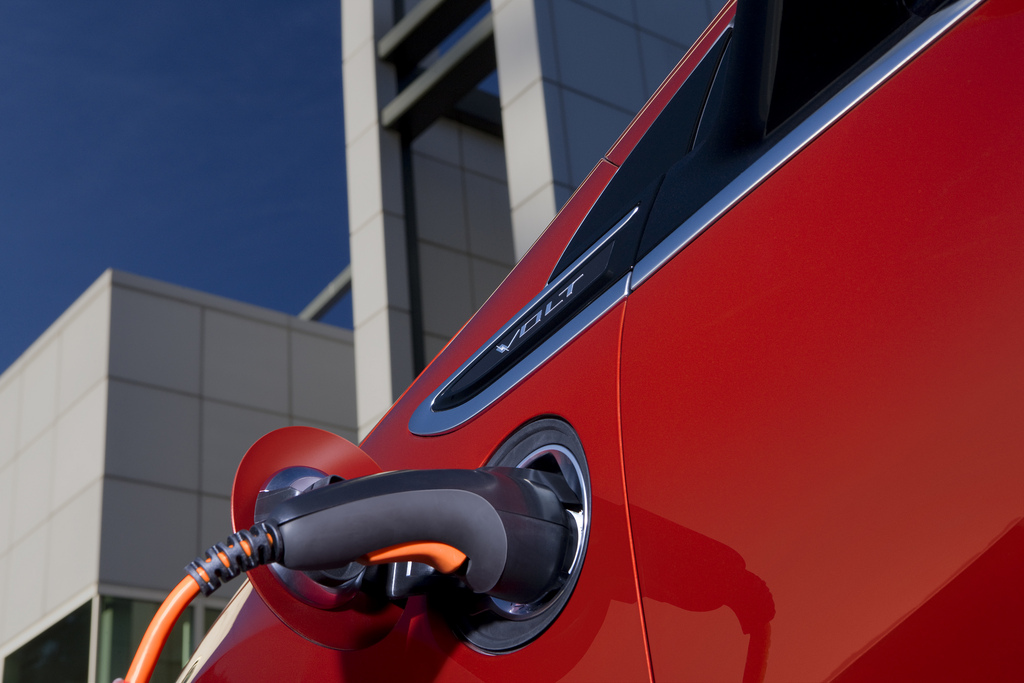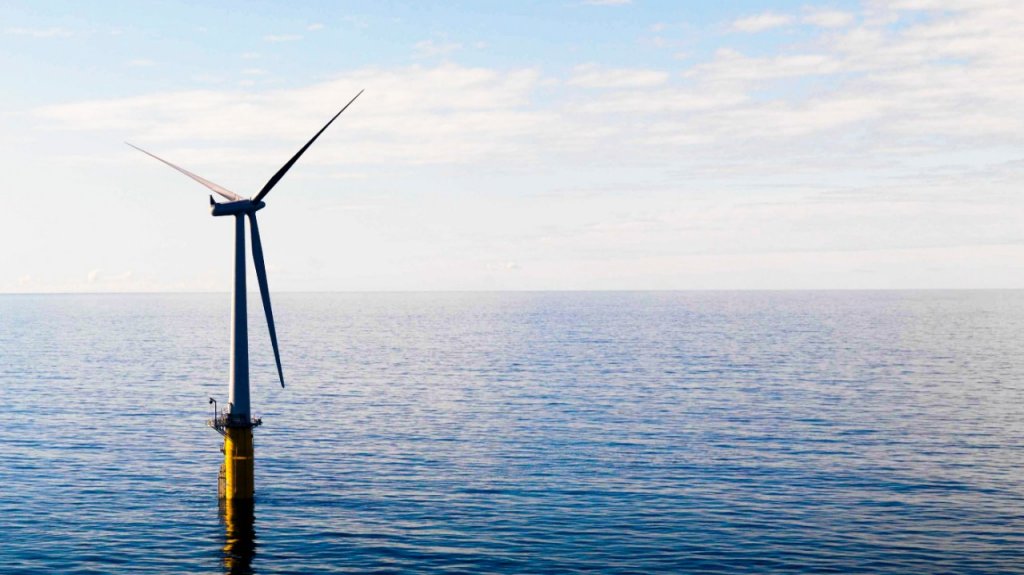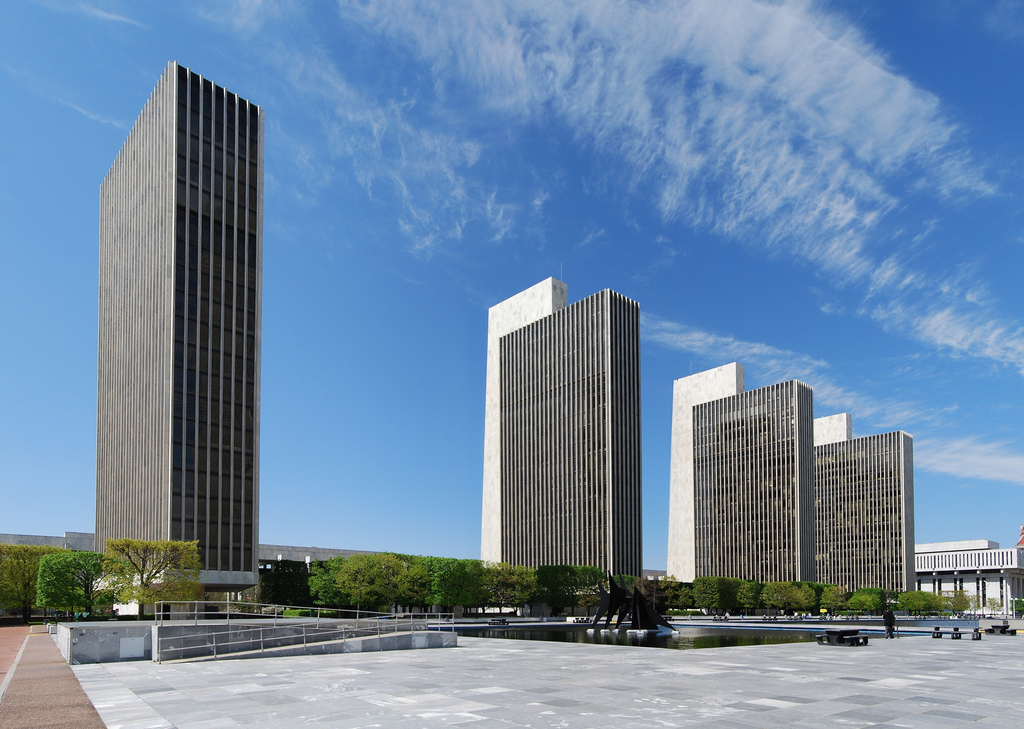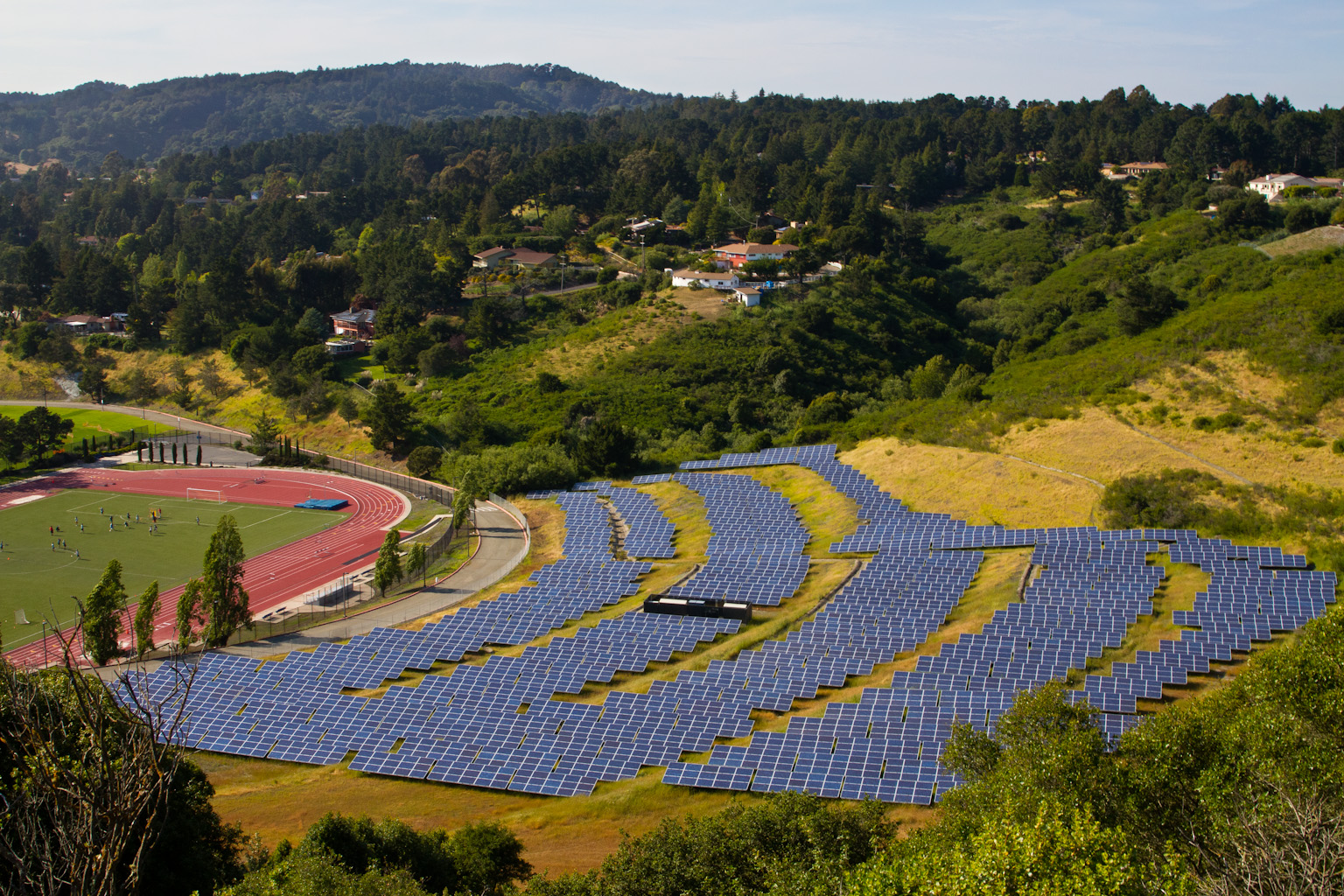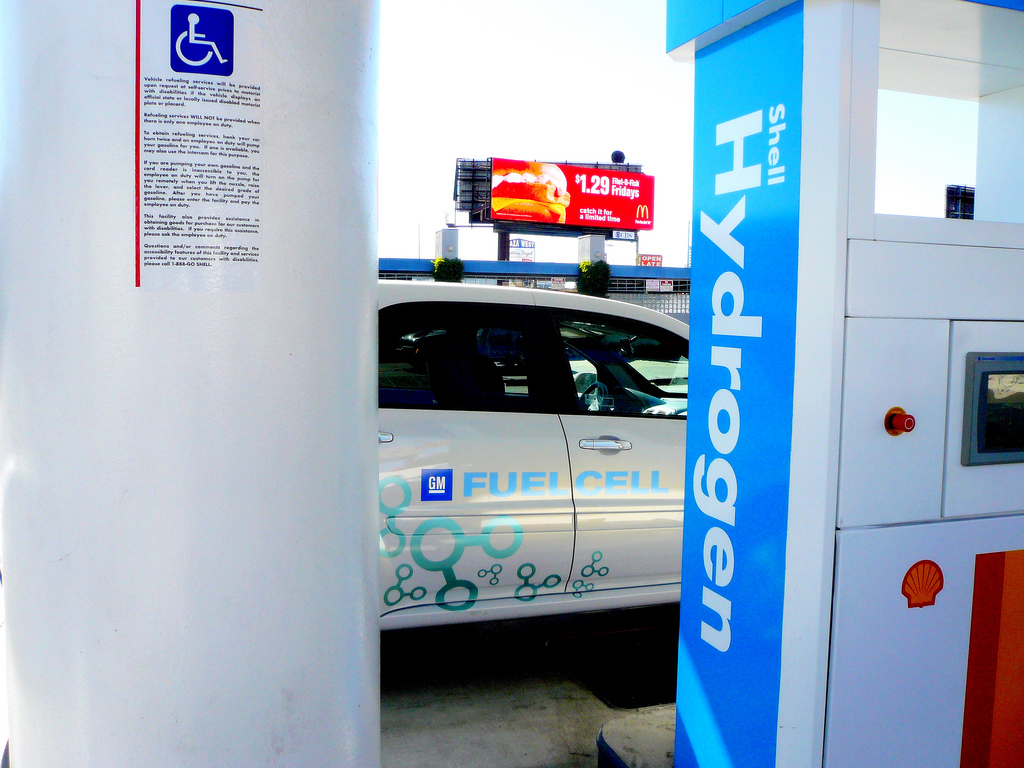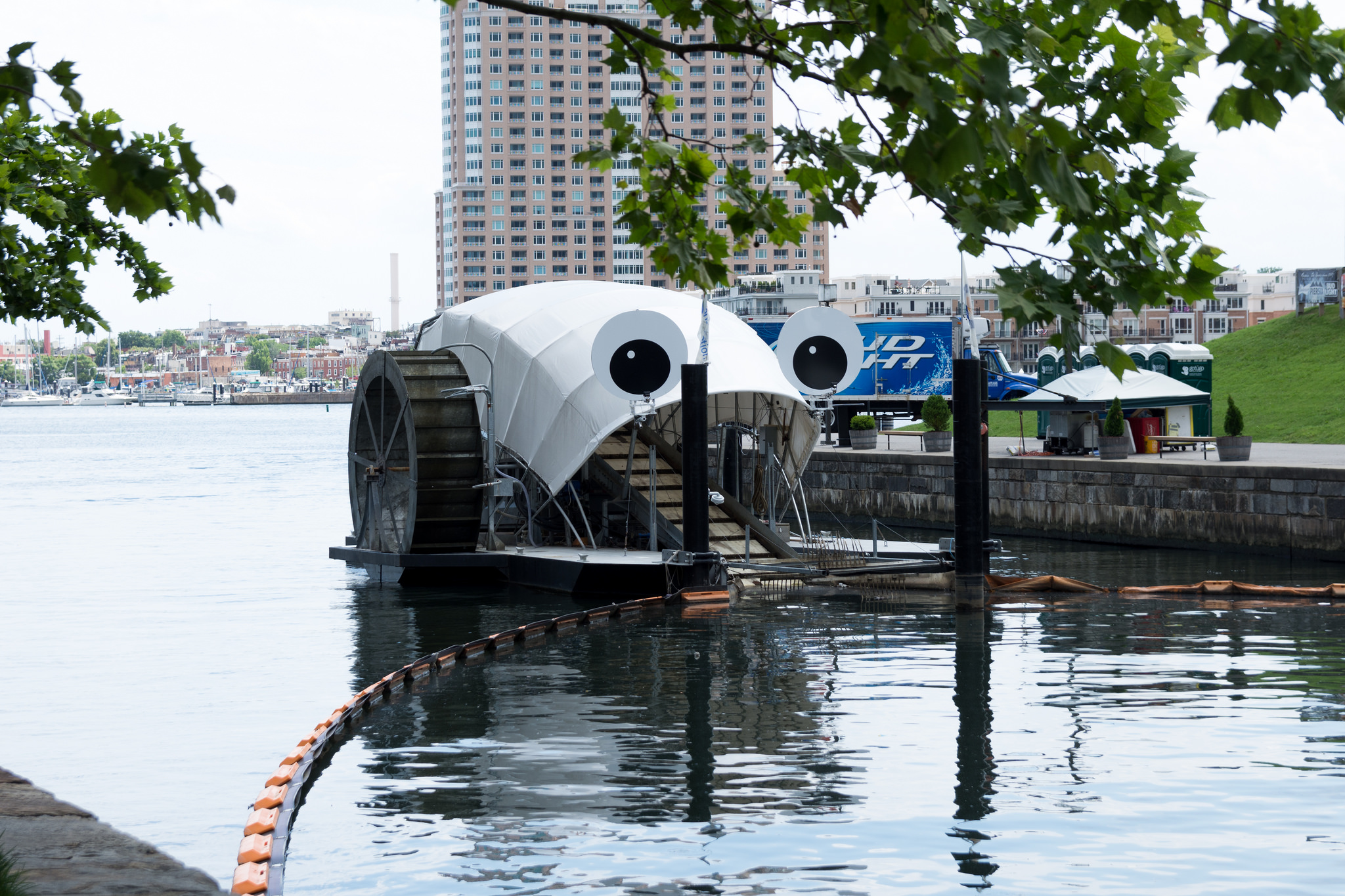electricity
A Floating Wind Farm
Offshore wind farms are becoming increasingly important around the world. Europe has thousands of wind turbines off its coasts generating more and more of its power. The first offshore wind farm in the U.S. opened for business last year and more are on the way.
Sustainable Ethanol
Most gas stations in the U.S. sell a blend of 90% gasoline and 10% ethanol. Mandated by legislation, the 14 billion gallons of ethanol consumed annually by American drivers is mostly made from fermented corn. Producing this ethanol requires millions of acres of farmland.
New Milestones For Renewable Energy
There is no question that solar power has been growing by leaps and bounds in recent years, but whenever one really looked at the numbers, it seemed to still be only a tiny fraction of the country’s power generation – until quite recently, less than one percent.
A Microgrid in New York’s Capital
New York State has been encouraging its communities to install microgrids for quite a while. Now the state has committed to build a 16-megawatt microgrid to power the Empire State Plaza in downtown Albany. The microgrid will use combined heat and power to supply 90% of the electricity as well as heating and cooling for the 10 buildings where 11,000 state employees work.
Fern-Inspired Energy Storage
The amount of solar energy striking the surface of the earth in two hours is enough to supply all of humankind’s needs for an entire year. For this reason, it is widely thought that solar energy should be our primary source of electricity. If this is to happen, however, there must be cost-effective ways to obtain solar electricity regardless of the time of day, weather, or seasonal changes. Essentially, there must be ways to store the energy from the sun to use it when we need it.
China And India Climate Progress
China and India have 36% of the world’s population and produce about 35% of global CO2 emissions, ranking first and third respectively in that category. The United States, with a little over 4% of the world’s population, produces about 16% of global CO2 emissions, good for second place.
Improving Energy Storage
The transition to sustainable energy sources faces many challenges. One important one is to make those sources as reliable as conventional energy systems. For technologies like solar and wind power, which can’t operate around the clock, an enabling element is effective energy storage. Energy storage is critical for both the electricity grid and for transportation.
Making Biofuel Cost Effective
Biofuels are considered to be a sustainable alternative to fossil fuels. However, they are generally more expensive than competing fossil fuels. Government subsidies, such as we have for ethanol in this country, have been necessary to make biofuels competitive in the marketplace.
Renewable Energy Projects In The Northeast
The seven northeastern U.S. states that make up the Regional Greenhouse Gas Initiative have all set ambitious emissions reduction goals and renewable energy targets that will be difficult to meet. For example, New York has the goal of getting 50% of its electricity from renewable sources by the year 2030.
[Read more…] about Renewable Energy Projects In The Northeast
Water From Thin Air
Scientists at UC Berkeley and MIT have demonstrated a water harvester that uses only sunlight to pull liters of water out of the air each day in conditions as low as 20% humidity, a level common in arid areas.
Capital Region Community Solar
Community solar is a cooperative enterprise in which customers can make use of the output of a large local array of solar panels when they are not able to install a solar power system on their own property. The customers of a community solar system can offset as little or as much of their electrical usage as they want by participating in a community solar program.
Storing Energy With Captured CO2
Capturing carbon dioxide instead of releasing it into the atmosphere is a way we can use fossil fuels without it having harmful effects on the climate. Energy storage is a way to address the volatility of clean energy sources like wind and solar power. Excess energy stored during peak production can be used when production ceases, such as when the sun is not shining or the wind is not blowing.
Spray-On Solar Cells
One of the most exciting possibilities for future solar energy technology is that of solar cells that can be sprayed or printed on to surfaces like the windows of skyscrapers, the roofs of sports utility vehicles, or the walls of houses. And the expectation is that such technology would be far cheaper than today’s silicon-based solar panels.
Utility-Scale Solar Power
Solar panels on the roofs of houses have become a familiar sight in recent years, but utility-scale solar – installations of 10 megawatts and greater – are really booming these days. Throughout the United States, more than 10.5 gigawatts of utility-scale solar were added to the electric grid in 2016 – enough to power more than 2 million homes – and at least 8 gigawatts more are scheduled to come online this year.
Solar Power From An Old Mine
For more than a century, a wide stretch of land north of Kimberley, British Columbia, was used for intensive industrial hard-rock mining. The site of Teck’s Sullivan Mine hosted a steel mill, a fertilizer plant and tailings ponds and was rendered treeless.
Old Dog, New Trick
The North-Rhine Westphalia region of Germany was the crucible of that country’s industrial revolution and it still generates a third of Germany’s power, much of it using aging coal plants. However, Germany’s national energy transition program is pushing the country away from coal and other fossil fuels and towards renewable energy sources.
